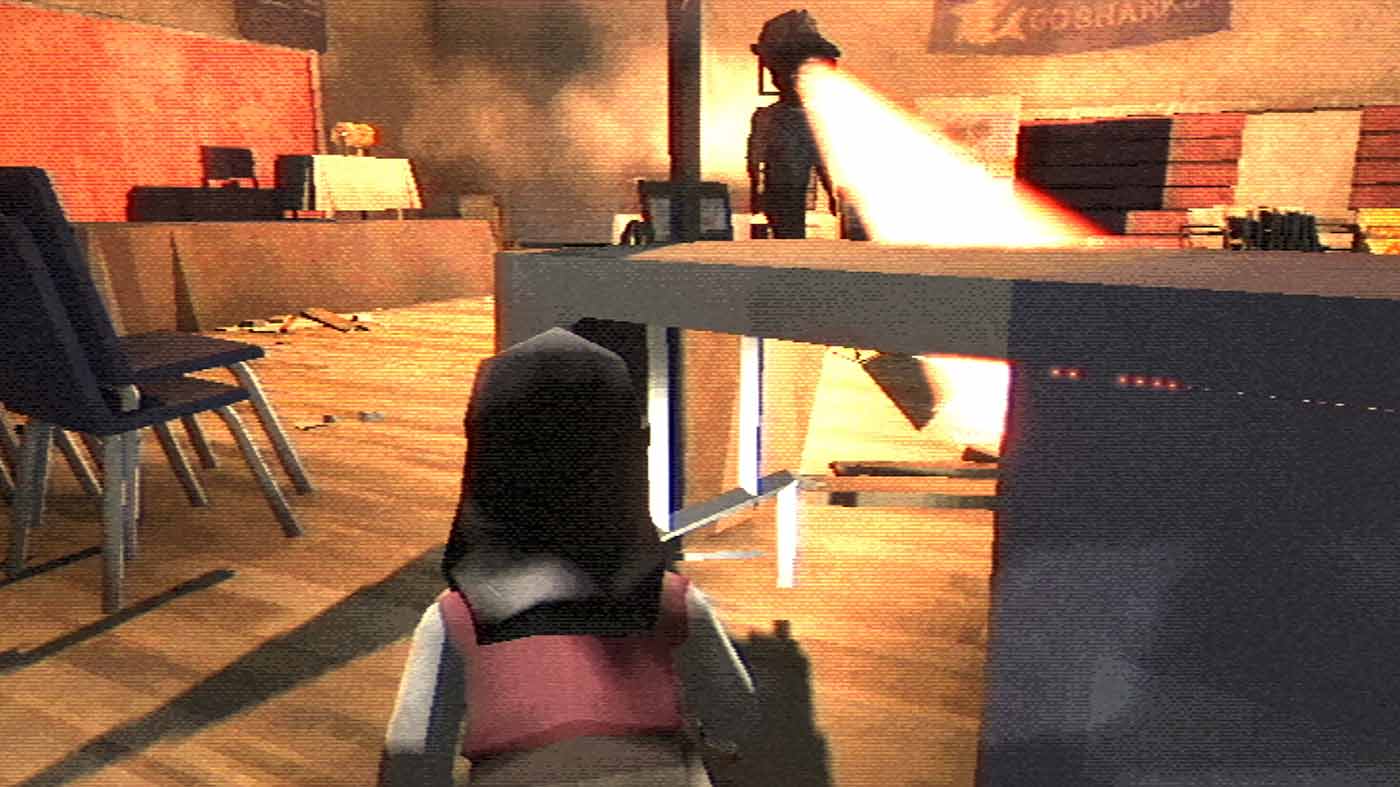There has been something of a resurgence for good, old-fashioned horror of late. It’s a mix of creatives taking bold risks, streamers dedicating their nightly schedules to the genre, and audiences just being hungry for the adrenaline spike that comes with a good scare. Whether it’s exploring liminal spaces, manning a closed-circuit security outpost, or brandishing a shotgun in a game of life and death, variety and bespoke experiences are key to making a splash in a now-crowded space.
That’s why, for me at least, I absolutely welcome the move into video games by Jason Blum, and by extension Blumhouse. The man has prided himself on getting respectable returns on lean production budgets all the while delivering unique horror. And the fact he’s partnering with independents within the video game space to craft smaller, focused experiences that can fill out the Blumhouse Games slate feels like a small lifeline for a hurting industry.
Granted, Sam Barlow, who is partnering with Blumhouse on a joint project with Brendan Cronenberg, enters the arrangement with an already stellar catalogue including Her Story and Immortality. But the same probably can’t be said for the husband and wife duo responsible for last year’s Fear the Spotlight, which is now the first game set to release from Blumhouse in the form of a reworked PC release alongside console versions later this year. For them, you expect the opportunity is everything.
With its re-launch unveiled at Geoff Keighley’s Summer Game Fest alongside many other new titles, Fear the Spotlight still managed to be a standout for me. Based on a twenty-minute demo I went hands-on with at Play Days, it’s very much a tone piece that riffs on the classic horror tropes found in games like Resident Evil and Silent Hill.
Interestingly, the game has no combat whatsoever. It instead relies on its stifling atmosphere and puzzlecraft, which has you interact with, and manipulate, items to carve a path through a series of roadblocks. The demo delivered on both fronts as Vivian Singh, a model student, and a friend rebelliously break into her school’s library to evoke the supernatural using a ouija board. The morbid catch is that a fire ripped through the school years prior and claimed the lives of countless students, which contributes greatly to an air of unease.
One of the brief presentation’s most effective moments comes when Vivian, along with her friend Sam, set up four candles around the ouija board. Their short seance screeches to a halt as spirits wreak havoc in the library, upending shelves and snuffing the candles which plunges the scene into darkness. One by one, using the matchsticks in your inventory, you relight them to reveal Sam is gone. I won’t spoil what happens next but rest assured it takes a weird turn that I’ll be absolutely seated for, but it does go to show how effective good horror can be in spite of a smaller scope and presentation that, while back in vogue, harkens back to the nineties.

And novel twists on classic mechanics help stamp something of an identity for Fear the Spotlight. The old guard might have had you manage the main character’s vitality through plants and bandages, Viv’s lung function appears to be the big concern here. Although I didn’t exactly see it in action, instances of her panicked breathing coupled with finding an inhaler of hers locked away in the library office nod to a clever take on the formula.
If the remaining games in the Blumhouse slate can offer bespoke moments like the above, I do believe the future of horror is in safe, genuinely caring, and most importantly sustainable hands. Blum’s infectious excitement when simply announcing these games on stage points to an enthusiasm that’d likely be absent were it anybody else.
In Blum we trust.



